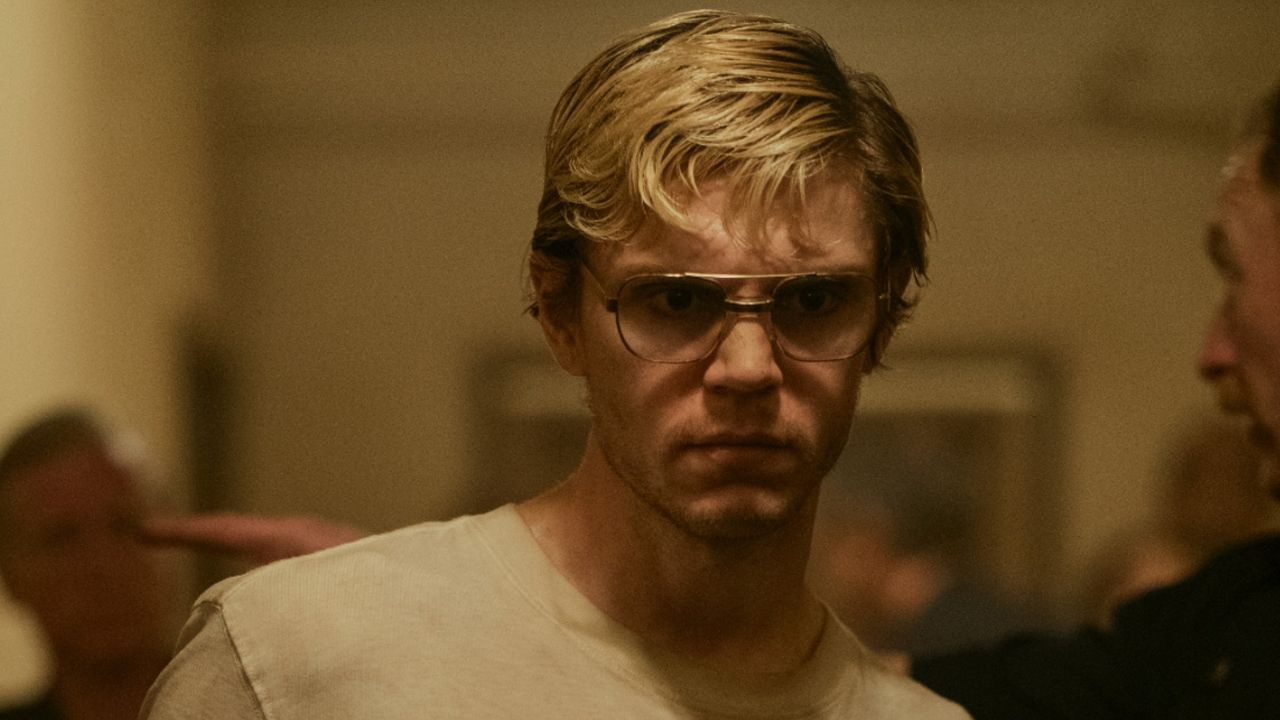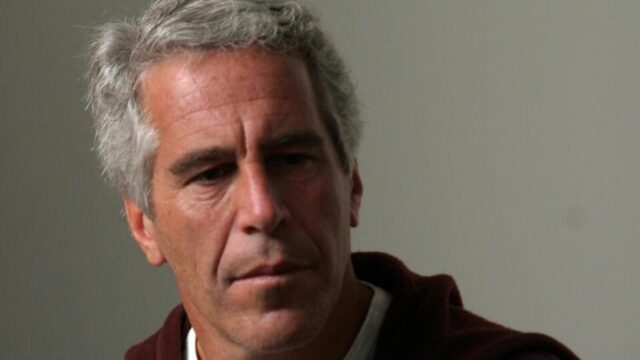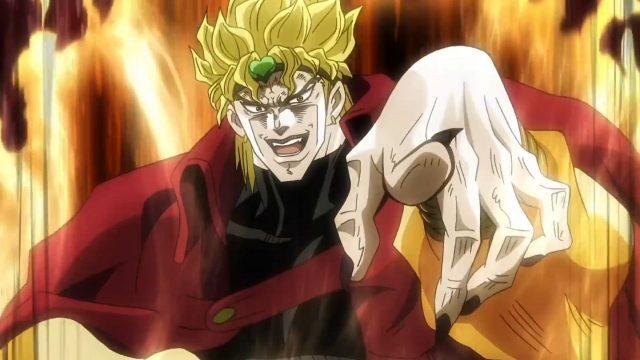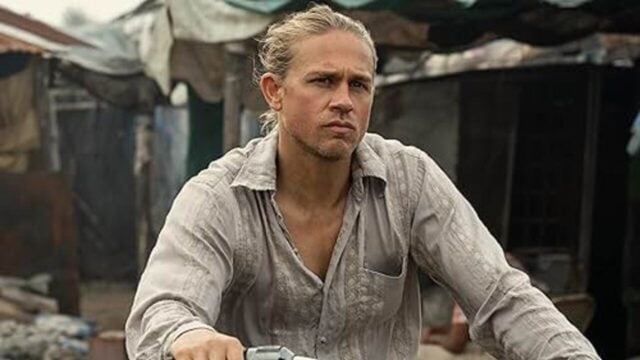Ryan Murphy’s latest true crime miniseries dissects the life of yet another serial killer, Jeffrey Dahmer, and the events that followed after he was caught. What intrigued me the most is the ending of the series.
Dahmer’s ending not only tries to tie up all the loose ends in the story but also delivers strong messages about racism and religion. The last episode of the series is titled “God of Forgiveness, God of Vengeance” and its ending has a deep social and symbolic significance.
The finale ends on a note of hopelessness and despair, focusing on the hard-hitting reality of racism in American society. The show builds up much of it through its earlier episodes, and the finale ties up all the loose ends, ending up as a social commentary along with being a crime drama.
1. What happened to Jeffrey Dahmer?
The final episode of Dahmer reveals the fate of Jeffrey Dahmer and how he finally met his end. Lionel Dahmer, Jeffrey’s father, and his lawyer tried to work things out for Jeffrey by proving to the court that he is mentally unstable. However, Jeffrey himself did not agree with such statements.
In fact, it is pretty clear that Jeffrey was very much in his senses and knew exactly what he did and how much pain he caused to his victims and their families. He even agreed that his deeds were gravely punishable and he deserved a comeuppance.

Dahmer was sentenced to sixteen continuous life imprisonment sentences, one for each of the sixteen men he had murdered. During his earlier years in jail, he behaved strangely, trying to lure his inmates into killing him or instigating violence.
In his later years, he found apparent solace in religion, but not for long. The series ends with Jeffrey’s death. He died when Christopher Scarver, one of his fellow inmates, bashed him to death with a metal bar in an attempt to punish him for his crimes.
Scarver’s hatred for Jeffrey was so deep that he completely mutilated one side of Jeffrey’s face with repeated blows. Though Dahmer had earlier wanted to receive the death penalty, the show portrays his death as though it came to him when he least expected or wanted it.
The series attempts to put forward how they are not supporting or advocating the deeds of Jeffrey. His death almost seems like poetic justice in fiction, where the man is killed in the exact brutal way that he killed his victims.
The show makes it clear that death came to him when he least wanted it to, which means it did not serve as an escape for Jeffrey but rather a punishment. Scarver was actually disturbed by Dahmer’s lack and remorse, coupled with his use of religion as an excuse to forgive and forget all his wrongdoings.
Jeffrey was trying to escape his responsibility and accountability after committing such heinous crimes with the help of baptism. This angered Scarver and led him to brutally bash Jeffrey to death. The episode is aptly named “God of Forgiveness, God of Vengeance” as both the gods fight each other throughout the episode, with the latter prevailing.
The last episode portrayed Jeffrey’s constant attempts to “wash himself” of his sins using baptism. He even took the help of the priest, and his use of religion became a big deal via the media. All of this happened while the families of his victims suffered the consequences that he did not.
“Because every morning I get up, and I remember Jeffrey Dahmer is still alive. But Konerak is not.”
Konerak Sinthasomphone’s father
The last episode of Monster begins with John Wayne Gacy’s information being played on television while Glenda Cleveland watched. The episode draws a parallel between Gacy’s deeds and Dahmer’s deeds, especially in the context of both using religion as a defense mechanism to escape their guilt.
John Wayne Gacy is a serial killer known for murdering 33 men and young boys. He was executed in 1994, which coincides with the day of Jeffrey Dahmer’s baptism in the series. The parallel is made keeping religion in mind, so Christianity plays a significant role in explaining the ending of Jeffrey’s story.

Dahmer approached the prison’s priest as a result of the media likening him to Gacy. So, in a way, Gacy inspired him to use religion as a defense mechanism. However, Dahmer considered himself different from Gacy.
While Dahmer admitted to his crimes, Gacy only tried to make peace with himself through Christian acts of confession and Communion. So, Dahmer wanted to get baptized as it would mean “washing away all his sins.”
Dahmer’s baptism and Gacy’s execution taking place on the same day was almost like a resurrection for Dahmer, especially since even the priest said he was “saved.”
Through the introduction of John Gacy, Netflix might be hinting at the next serial killer whose life they would dissect in their next true crime series. Who knows!
3. What happened to Jeffrey’s brain?
At the end of the show, Jeffrey’s mother, Joyce Flint, wanted to hand over her son’s brain to educational institutions so that research could be conducted on the reason for his behavior.
But Lionel Dahmer, his father, refused the idea, which led Joyce to drag the matter to court. The judge said that the best way to get closure on such a case was to move on from it, and Jeffrey’s brain was eventually ordered to be destroyed.

It was incinerated in a pathology lab, as seen at the end of the episode. This was symbolic of Jeffrey’s mind being destroyed both physically and metaphorically. His thoughts were harmful and criminal, and to move past and destroy his memories is the right step towards closure, as the judgment in court suggested.
However, “moving on” is for the privileged. For those who were not directly affected by Dahmer’s criminal acts, it is easy to move on and forget about the horrors he inflicted on people of color and other minorities.
But Dahmer’s story is not just one of crime and horror. It also revealed the rampant racism and social inequality that prevailed in American society. The ending makes a note of this as well.
4. Monster Ends by Revealing the Horrors of Social Inequality and Racism
In the last few moments of Episode 10, Glenda Cleveland, the Black woman who was Dahmer’s neighbor for long, tries to find out about the memorial that she proposed to be built in place of Dahmer’s old apartment, where he committed most of his crimes.
Throughout the series, Glenda suspects Dahmer several times and informs the police about such acts, including one where she saw a minor boy escape Jeffrey’s apartment. However, the police paid no heed to her complaints, since she was a Black woman complaining about a white man. Had the police listened to Glenda, many of Dahmer’s crimes could have been stopped.

Glenda proposed that a memorial should be built at the site of Jeffrey Dahmer’s old apartment, where he committed most of his crimes, to honor the memories of his 16 victims. However, in the end, we find out that some people in the upper echelons wanted nothing to do with the plot and just wanted to move on from the story.
Once again, moving on from Dahmer’s crimes is easy for people who were not affected by his deeds. But for the victims’ families, it is impossible, considering that they lost members of their families.
Glenda only wanted to honor the memories of the non-white men and boys who lost their lives because of Dahmer’s deeds. But the unwillingness of the authorities towards this matter throws light upon the tragic condition of minorities.
The series ends with photos of all 16 of Dahmer’s real victims, reminding us how their families are still fighting the horrific memories of the serial killer.
5. About Dahmer – Monster: The Jeffrey Dahmer Story
Dahmer – Monster: The Jeffrey Dahmer Story is an American limited biographical crime drama series co-created by Ryan Murphy and Ian Brennan, which premiered on Netflix on September 21, 2022. The series follows the murders of infamous serial killer Jeffrey Dahmer, portrayed by Evan Peters.









No Comments on Dahmer – Monster: The Jeffrey Dahmer Story Ending Explained